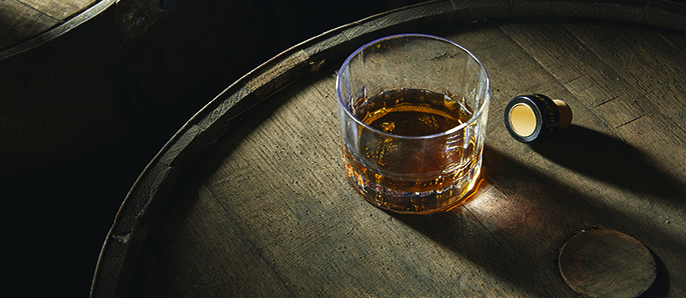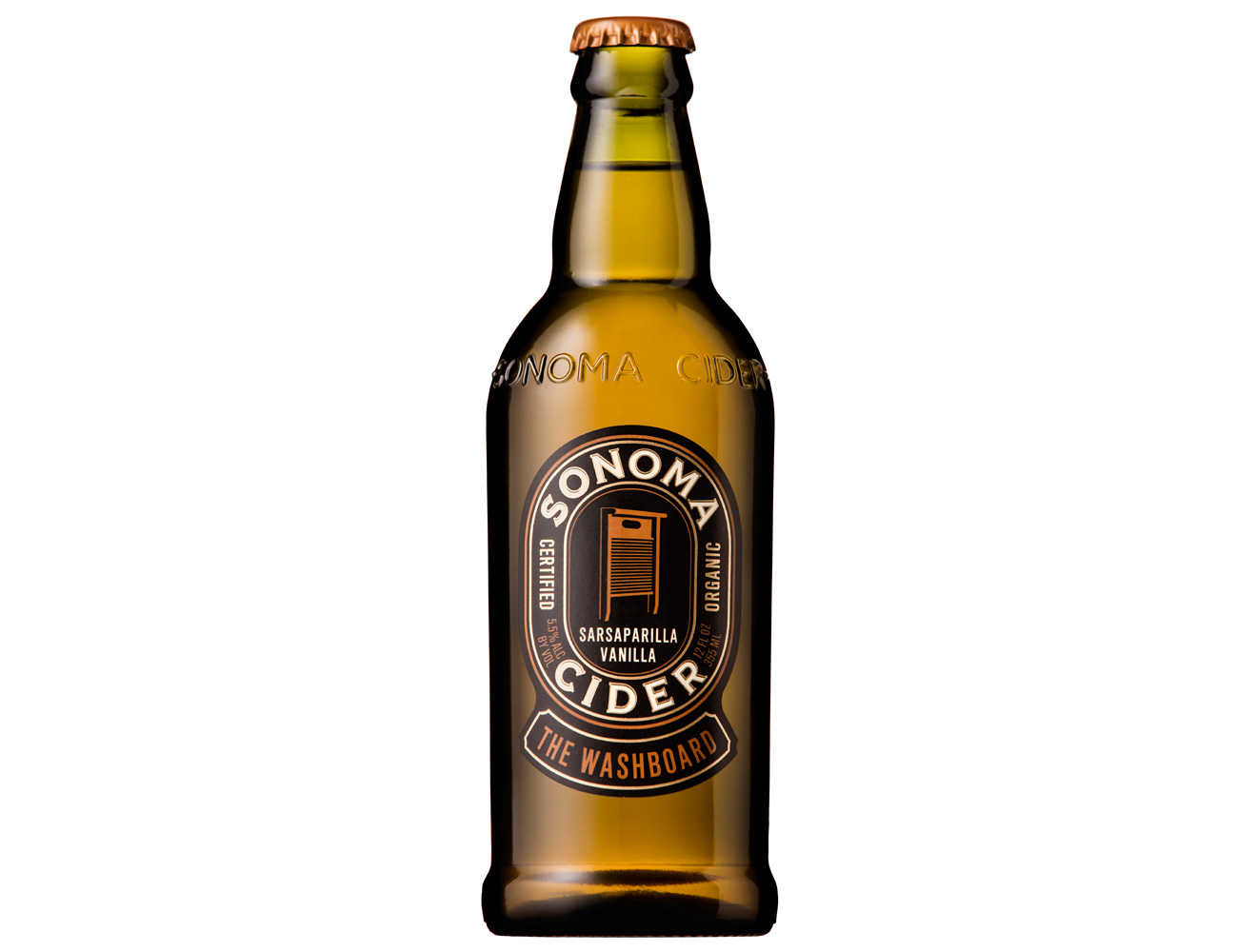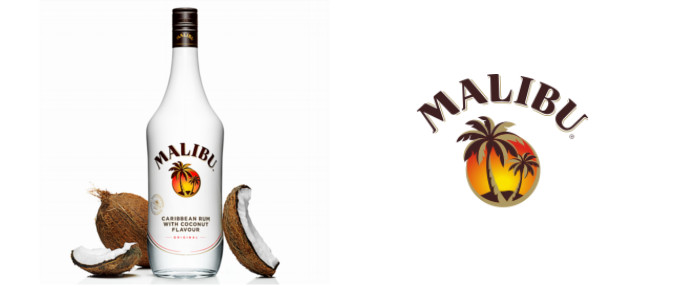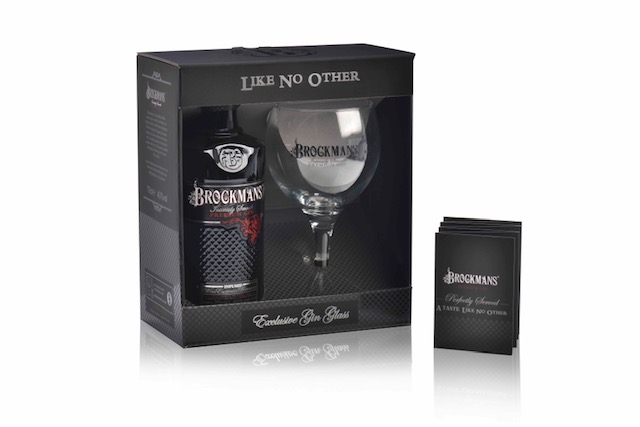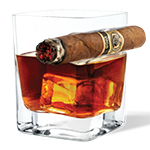 It is a well-rounded argument that the Scottish has the market sewn up as far as making the best product on the planet; however, there are a few studs in other stables worth a mention. Bourbon has long been associated with Kentucky and for good reason as it is the state where this craft was first developed.
It is a well-rounded argument that the Scottish has the market sewn up as far as making the best product on the planet; however, there are a few studs in other stables worth a mention. Bourbon has long been associated with Kentucky and for good reason as it is the state where this craft was first developed.
It is a well-rounded argument that the Scottish has the market sewn up as far as making the best product on the planet; however, there are a few studs in other stables worth a mention. Bourbon has long been associated with Kentucky and for good reason as it is the state where this craft was first developed.
Elijah Craig a Baptist minister in the late 18th century in Georgetown Kentucky unveiled to farmers and townsfolk alike the first Bourbon whiskey where the trend just took off. It is said that even the father of the great Abraham Lincoln got into the action.
European settlers brought this trade secret with them to North America and in turn shared it with their new neighbors. Giving way to a boom in production. 1791 was the timeframe for the whiskey rebellion that took place in Pennsylvania where the government elected to impose a tax on whiskey and whiskey sales.
This did not sit well with distillers so they made their way to the Kentucky Mountains to avoid the collectors of said tax. Eighty percent of all Bourbon today is distilled in the state of Kentucky. A royal family of French decent carried the name that now brandishes the bottles of this Kentucky gold. The name was introduced in 1758.
The attempt of American independence from British rule saw the French giving support so as the independence grew new land developments in America were named in French as a tribute. In the year 1785, Kentucky was known as the Kentucky district of Virginia and not a separate state.
Through some of the river ports in Kentucky, the whiskeys were shipped down the Ohio River to New Orleans. Northeastern Bourbon county and Limestone county combined in 1789 to forge Mason County Virginia.
Although Bourbon is less restricted than Scotch, there are some regulations in place today. State regulation on Bourbon distilling requires the brew to be made from 51% corn; however barley wheat and rye may be used for blending purposes. It must be between 80-160% proof.
The soft texture and sweet taste come from the corn itself. After it is distilled in a continuous still, it is then filled to casks made of oak for maturing for a much-regulated minimum of no less than two years. These regulations make Bourbon what it is today, a very popular whiskey among all who drink.



